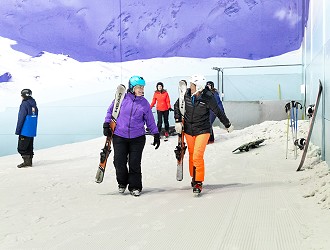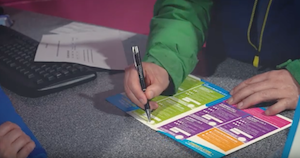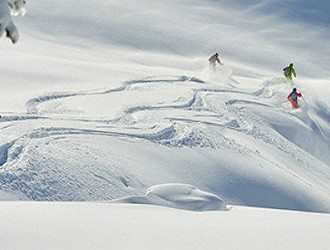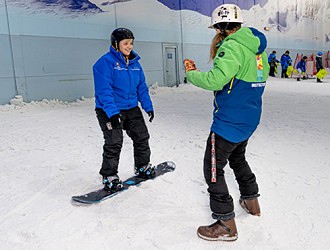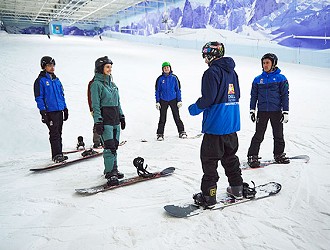Snowboarding tips for beginners at Chill Factore
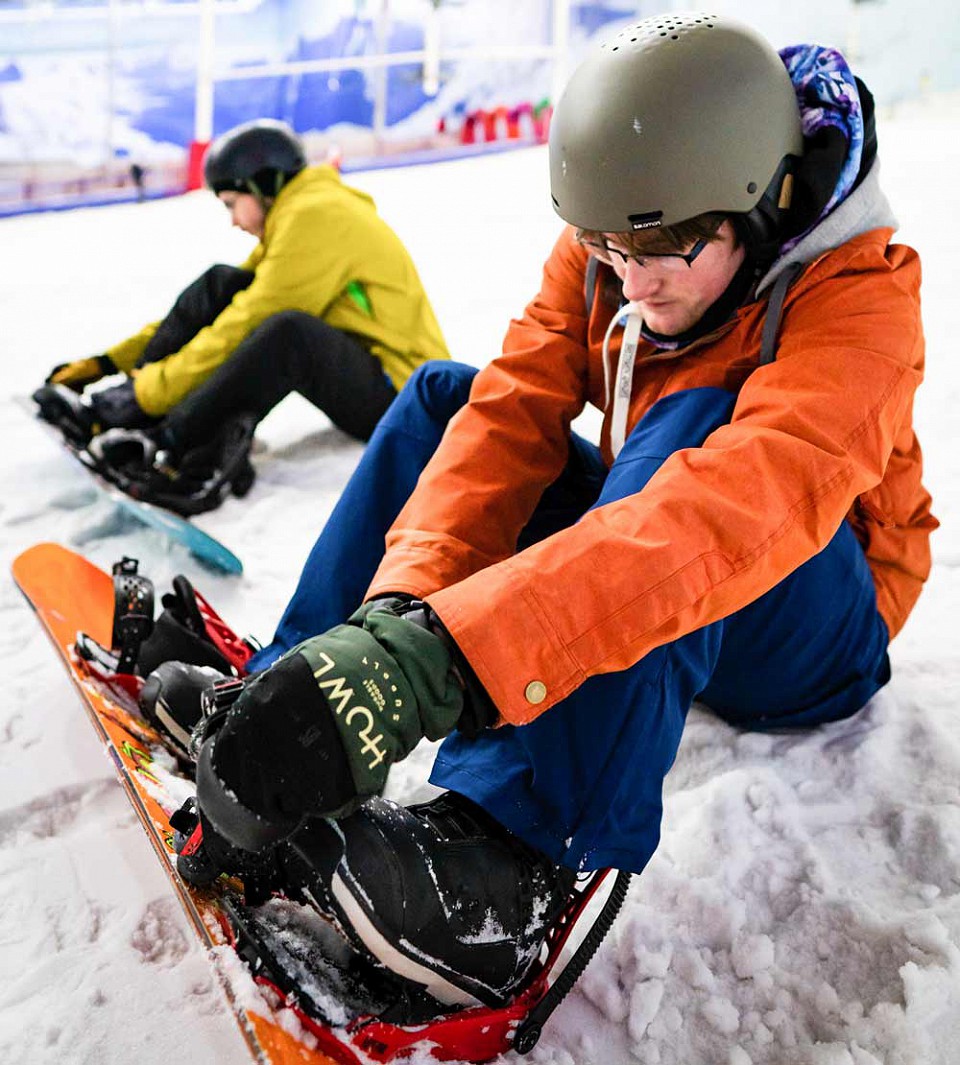
Related Articles
How To Avoid a Skiing Injury
Read Article
Is skiing or snowboarding easier?
Read Article
How to Ski in Powder: Our Instructors' Top Tips for Skiing in Deep Snow
Read Article
How hard is it to learn to snowboard after skiing?
Read Article
Snowboarding for Beginners: Tips & Tricks
Read Article



